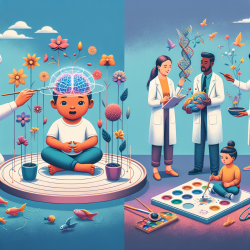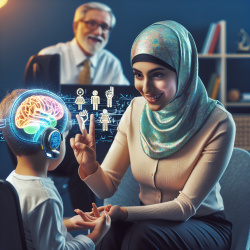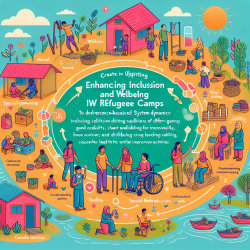Key findings from the study include:
- Both pediatric and adult onset ABI groups showed similar productivity status at follow-up, with no significant differences in employment, volunteer work, or homemaking activities.
- Functional outcomes, as measured by the Mayo-Portland Adaptability Inventory-4 (MPAI-4), were comparable between the two groups, suggesting that holistic neurorehabilitation effectively addresses long-term functional impairments regardless of the age at injury onset.
- While the adult onset group had a higher likelihood of returning to driving, 50% of the pediatric onset group also achieved this milestone, underscoring the potential for significant functional gains in pediatric populations.
For practitioners, these findings highlight the importance of advocating for and implementing holistic, intensive neurorehabilitation programs for pediatric ABI survivors. The structured, group-oriented milieu therapy not only aids in cognitive and physical recovery but also fosters psychosocial and work skills development, crucial for long-term independence and community reintegration.
Here are some actionable steps practitioners can take to improve outcomes for pediatric ABI survivors:
- Advocate for Early and Intensive Intervention: Despite the time constraints and academic demands faced by school-aged children, it is crucial to push for early and intensive neurorehabilitation interventions. Collaboration with schools to integrate these services into the academic schedule can be beneficial.
- Utilize Holistic, Milieu-Oriented Approaches: Implement therapeutic environments that encourage peer interactions and interdisciplinary group therapies. This approach helps in addressing the multifaceted needs of pediatric ABI survivors, from cognitive to emotional and social aspects.
- Engage Families and Caregivers: Family involvement is critical in the rehabilitation process. Educate and involve caregivers in therapy sessions to ensure consistent reinforcement of therapeutic strategies at home.
- Continuous Monitoring and Adaptation: Regularly assess the progress and adapt the rehabilitation plan to meet the evolving needs of the child. Long-term follow-ups are essential to address any emerging challenges and ensure sustained functional gains.
In conclusion, the study by Johnson et al. (2022) underscores the significant and lasting benefits of holistic, intensive neurorehabilitation for pediatric ABI survivors. Practitioners are encouraged to integrate these approaches into their practice to enhance the quality of life and functional independence of their young patients.
To read the original research paper, please follow this link: Long-term neurorehabilitation outcomes of pediatric vs. adult onset acquired brain injury.










